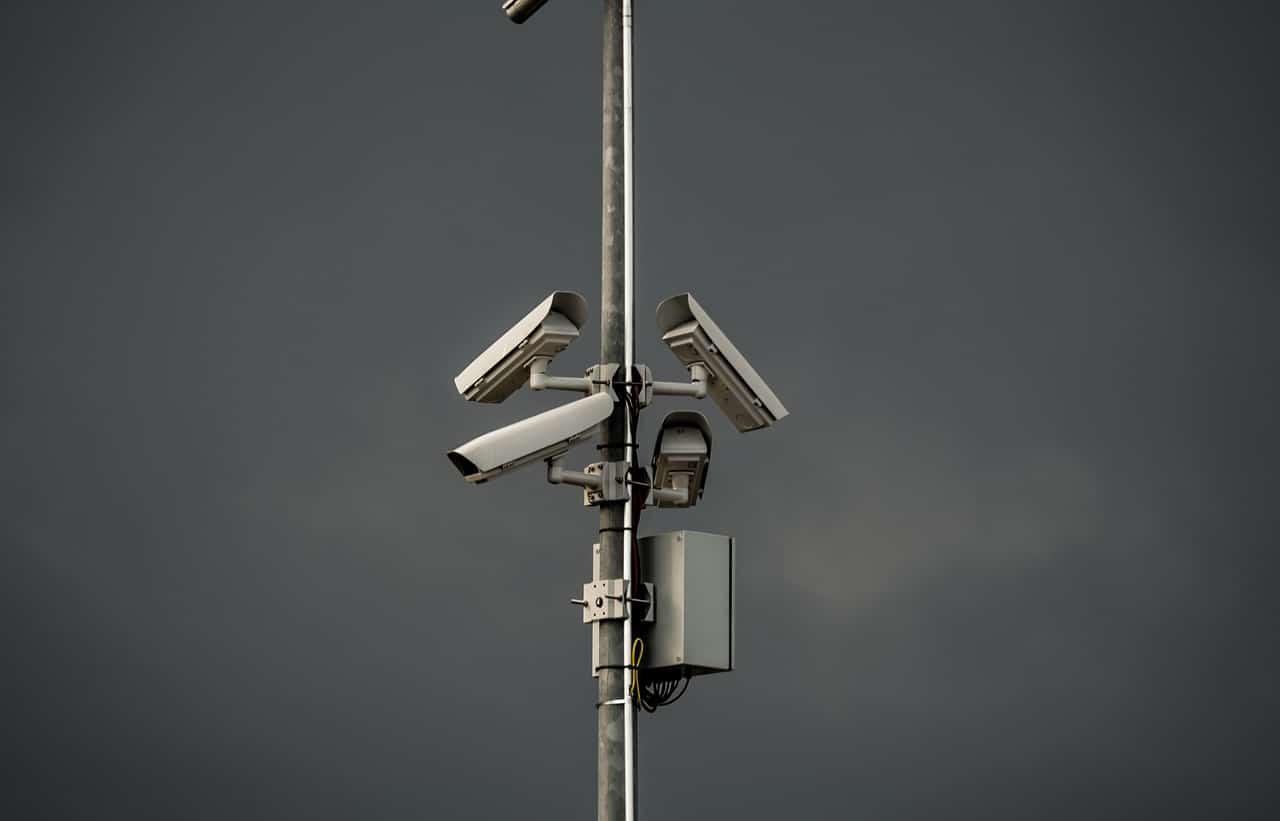Many cities across the US are experiencing unprecedented population growth; in 2013, Lucy Westcott at The Atlantic highlighted the mass influx of people to major domestic cities. She relied on US census data suggesting that two demographic groups are driving the urban renewal: Millennial young professionals and retiring Baby Boomers. While some groups clearly prosper as a result of widespread urbanization, there are usually countless others that fall by the wayside.
That there are winners and losers at all often contributes to some of the risk inherent to city life. American cities can be especially notorious for crime and danger. A trio of authors at The Wall Street Journal published their thoughts on Chicago and Baltimore, which both share extensive crime histories so sensational they’ve been immortalized by Hollywood producers several times over.
It’s important to remember, however, that organized and opportunistic crime isn’t limited to the US. Countries all over the world struggle to establish order over the chaos that characterizes most major metropolitan centers.
IMAGE: PIXABAY
Smart Surveillance Equals Great Safety
Experts at the Small Arms Survey, a research group based in Geneva, Switzerland, released a compelling Medium blog explaining why some global cities are safer than others. They focus exclusively on homicide rates and calibrate their findings based on a variety of mitigating factors (e.g., commuter-adjusted population, categorization, etc.).
The authors avoid making prescriptions and instead simply introduce a series of important considerations. For instance, they draw attention to the fact that the inhabitants of large cities (i.e., >1.2M residents) face more extreme violence than inhabitants of small towns, small cities, and big cities.
Does that mean larger cities are inherently more dangerous? Not necessarily. Much higher concentrations of people could be the reason. Of course, homicide is one very specific demise. Traffic fatalities are usually considered more common across all cities. Claudia Adriazola at the World Resources Institute reported that worldwide traffic collisions cost nearly 1.28 million lives each year.
According to her, there’s no shortage of policy and infrastructure improvements that can be made. She’s probably right about some of them, but one thing Claudia doesn’t adequately cover is the promise of advanced surveillance.
Staff writers at BBC already promoted the use of smart tech for public safety. They discuss how Huawei, a leading information and communication technologies (ICT) solution provider, has revolutionized public security for the city of Nanjing, which is home to some 8 million residents. The city authorities rely on a smart communication network that enhanced real-time coordination. Improvements have been marked but there are still risks involved.
Here in America, there’s an abundance of skepticism when it comes to surveillance. Most chalk it up to Big Brother scenarios but there are some legitimate public concerns to be addressed. Somini Sengupta at The New York Times openly debated some of the privacy fears that surround institutionalized surveillance.
The reality is that most companies in the business of surveillance and other ICTs employ a wide range of industry standard solutions to ensure data integrity and privacy. They have numerous options thanks to the recognized importance of data integrity and security. Business utilizing ICTs might elect to use Docker security or some other leading solution. Most users can rest assured that their data and interests are in good hands.
The biggest skeptics aren’t worried about companies, per se, so much as they are the federal government. Ashkan Soltani at MIT Technology Review spent considerable time elaborating on how the NSA taps into the digital infrastructure in the name of national security.
While the government does go to great lengths to monitor interactions within its borders, only a very small subset of Americans are likely to ever find themselves under the proverbial microscope. Ultimately, there’s a lot more promise in advanced surveillance and what it can do for safety than there are reasons to fear it.
If you are interested in even more technology-related articles and information from us here at Bit Rebels then we have a lot to choose from.


COMMENTS